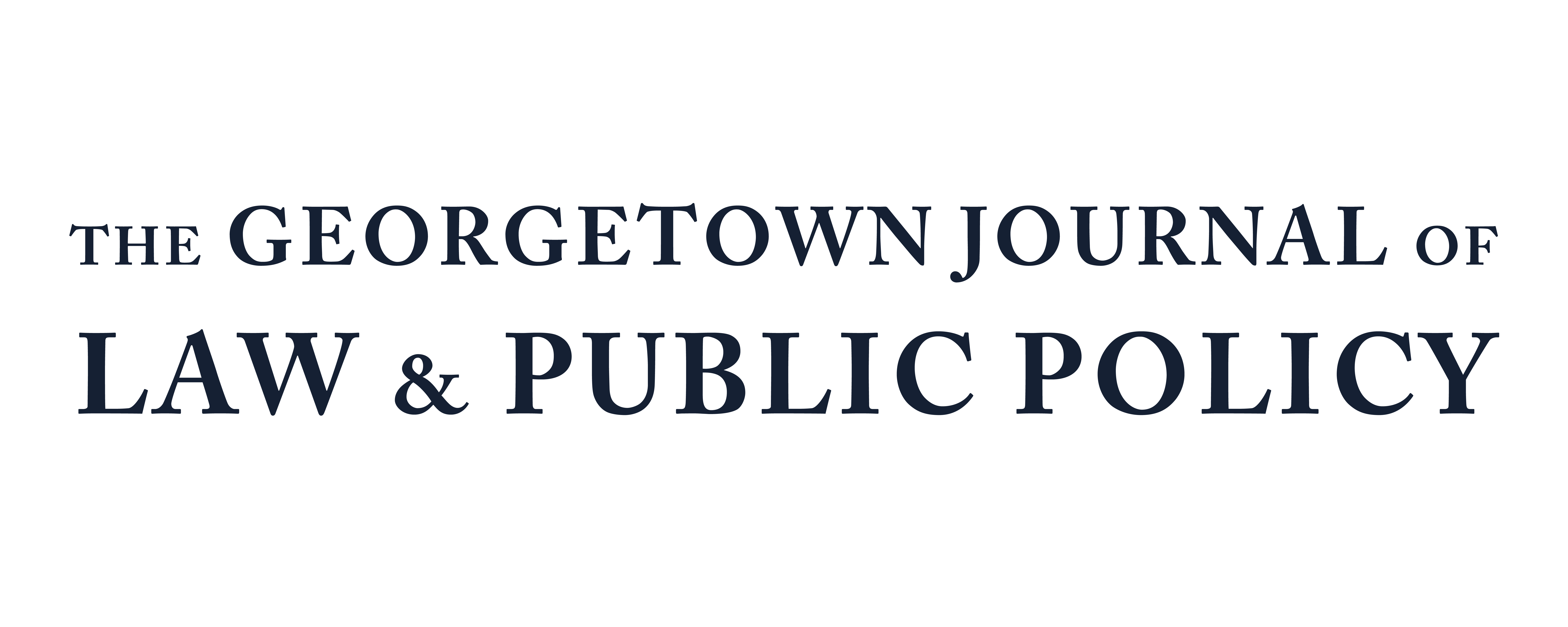Navigating the ADA-HAVA Nexus: Balancing Election Accessibility, Security, and Technology
In the contemporary landscape of American democracy, the interplay between the Americans with Disabilities Act (ADA) and the Help America Vote Act of 2002 (HAVA) represents a critical juncture in ensuring equitable election processes. While the right to vote is constitutionally protected, Americans with disabilities have long faced barriers to fully realizing this right.1
The ADA and HAVA are monumental in their intent to dismantle barriers and foster an inclusive electoral environment. However, this Note will assert that achieving harmony among these critical elements—accessibility, security, and technology—is fraught with challenges and complexities, and ultimately, the need for evidence-based yet practical accessibility measures is more imperative today than ever before. Part I of this Note traces the origins and goals of the ADA and HAVA and poses the question of balancing accessibility and security in election technology. Parts II and III discuss the individual frameworks established by the ADA and HAVA, respectively. Parts IV and V explore the intersection of accessibility, security, and technology in the election process, as well as both fundamental and resolvable tradeoffs in balancing these often-competing objectives. Part VI examines various critical legal and policy debates, both in regulatory spaces and within advocacy communities. Finally, Part VII qualifies the impacts of today’s electoral system on voters with disabilities, culminating in Part VIII’s exploration of a balanced, nuanced path forward for future electoral reforms.
See generally Michael Waterstone, Constitutional and Statutory Voting Rights for People with Disabilities, 14 STAN. L. & POL’Y REV. 353 (2003) (discussing the various statutory and constitutional protections and limitations regarding individuals with disabilities); Kay Schriner & Andrew I. Batavia, The Americans with Disabilities Act: Does it Secure the Fundamental Right to Vote?, 29 POL’Y STUD. J. 663 (2001) (examining the implications of the ADA in the context of voting and disability).

